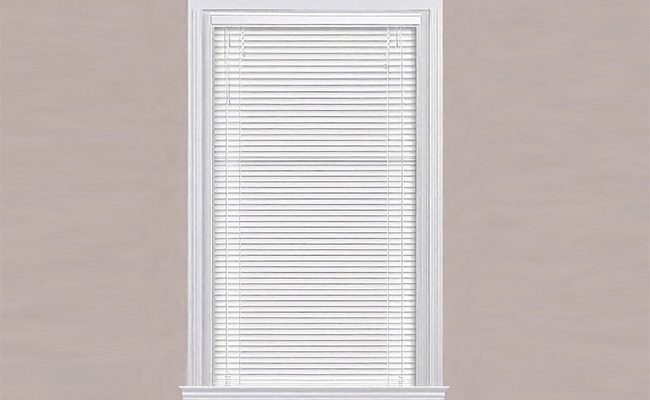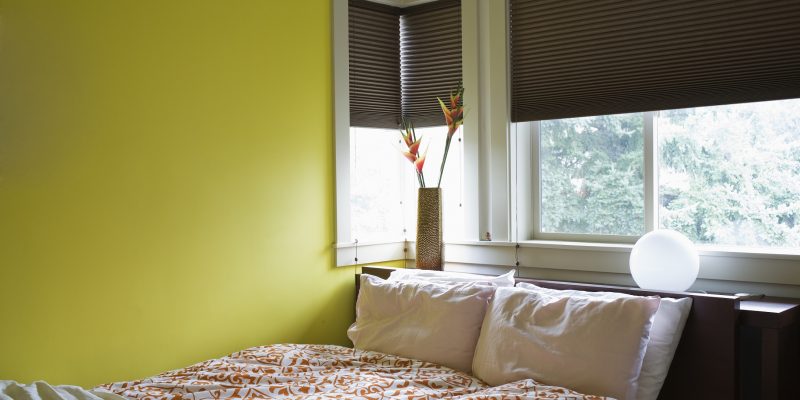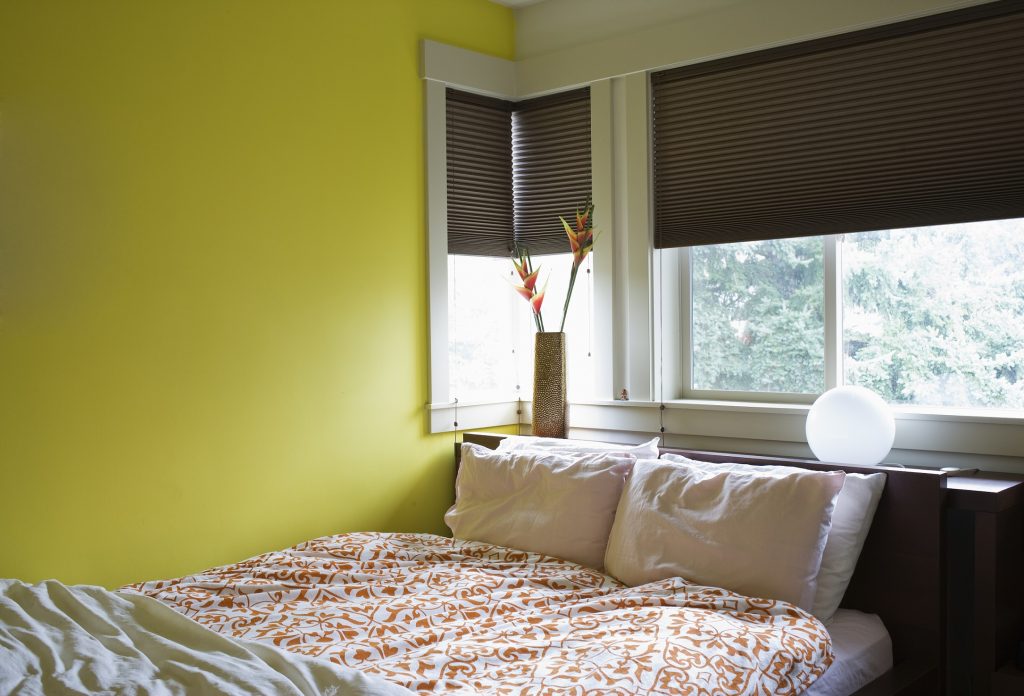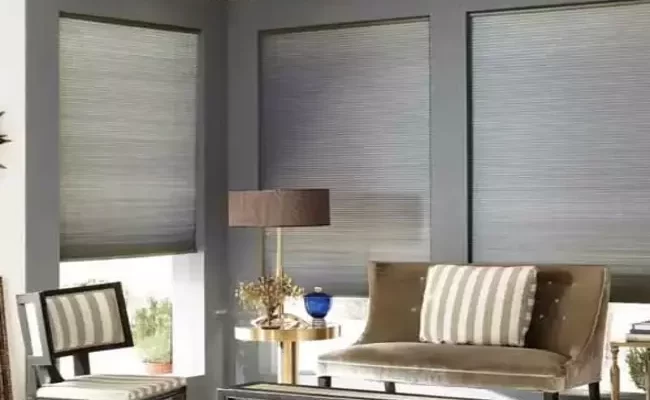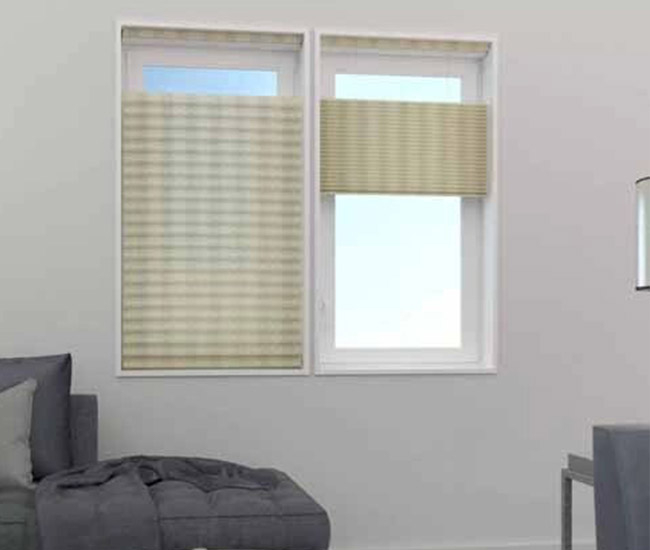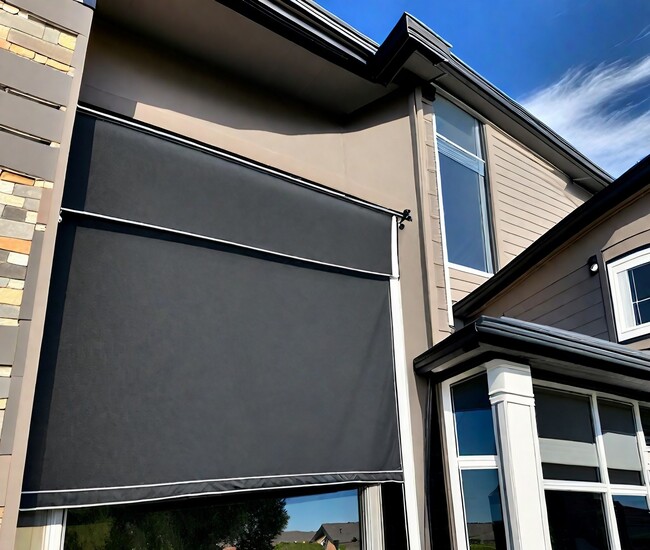Insulating window blinds improve energy efficiency of your home, reduce cold drafts, prevent heat gain, keep your space cozy, and save you money on your energy bills! With window blinds for insulation, you can prevent a ton of heat and air conditioning that’s lost through the windows.
If you’re looking for an affordable and effective way to improve the insulation and energy efficiency of your home, office, or other space, window blinds are a great option. We’ve dug out some amazing potentials of window blinds. Just read on to discover top 5 benefits of window blinds for insulation.
The top 5 benefits of window blinds for insulation include heat blockage, light control, cost-effectiveness, versatility, and child safety.
Scroll on to learn more about the effectiveness of window blinds for insulation.
Things in a Nutshell!
- Window blinds help you to keep heat in during winter and out during summer.
- There are different types of window blinds available on the online market, and some are better for insulation than others.
- Follow some simple tips to get the most out of your window blinds in terms of insulation.
Why Choose Window Blinds for Insulation?
Window blinds are a great way to improve the insulation and temperature regulation in your home or office. By keeping heat in during winter months and out during summer months, they can help you save money on your energy bills all year round.
There are several types of insulating window blinds available on the online markets, like Affordableblinds.com. Some are better for insulation than others. For example, with the well-accepted R-values of up to 5.0, cellular shades provide better insulation than roller shades, faux wood blinds, and curtains.
So, when choosing window blinds for temperature control, it’s important to consider the material they’re made from and where you’ll be placing them. Also, you need to look for additional benefits like durability, versatility, kid safety, and curb appeal when choosing a suitable window treatment for insulation.
With some simple tips, you can make sure you get the most out of your window blinds in terms of insulation.
Top 5 Benefits of Window Blinds for Insulation

1. Warmth in Winter
Window blinds have long been used as an effective way to regulate the amount of light and heat that enters a room. For example, by tilting the slats upward, blinds can allow sunlight to enter the room, helping to warm up the space on a cold day.
2. Coolness in Summer
When the slats window blinds are tilted downward, your insulating window blinds can block out light and heat, making it easier for you to keep a room cool in summer.
3. Energy Efficiency
By installing insulating window blinds on windows, you can improve the energy efficiency of your home, office, or any other building.
4. Promoting Better Sleep
By keeping your bedrooms dark and controlling their temperature, window blinds for insulation can also promote better sleep.
5. Reducing Noise Levels
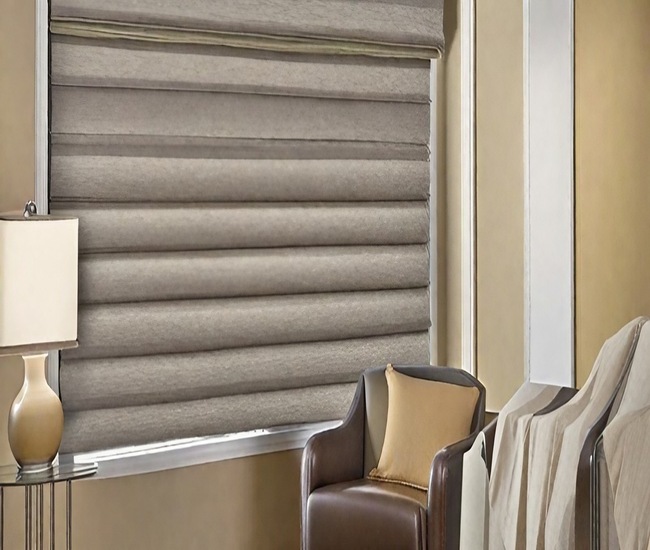
In addition to controlling temperature, insulating blinds for windows can also help to reduce noise levels. By absorbing sound waves, they can serve as a source of acoustic insulation, making it easier to enjoy some peace and quiet.
For these top 5 benefits of window blinds for insulation, these window treatments can be an excellent way to improve the comfort of your home year round.
Additional Benefits of Window Blinds for Insulation
In addition to the top 5 benefits of window blinds for insulation, there are several other advantages of these window treatments. They include:
- Versatility
- Durability
- Child safety



- Easy to operate
- Privacy control
- Cost-effectiveness
- Curb appeal
How Window Blinds for Insulation Help to Keep Heat in During Winter and out During Summer
Window blinds are a great way to help regulate the temperature and improve the functionality of your home’s windows. By blocking out direct sunlight, these window treatments help to keep your home from getting too hot during the day.
In the winter, on the other hand, they can also help to trap heat inside, making it easier to keep your home warm. Insulating window blinds are a perfect solution for energy saving throughout the year.
In this way, you can save money on your energy bills. In addition to the top 5 benefits of window blinds for insulation, there is a wide variety of styles and colors available. So, they can also add a touch of style to your home décor.
The Different Types of Insulating Window Blinds Available on the Market

Window blinds are a type of window covering that helps to regulate light and temperature in a room. There are a variety of different cheap blinds available on the market, each with its own set of benefits.
For example, cellular shades are a popular choice for insulation. Their honeycomb-shaped cells help to trap heat in the winter and cool air in the summer, making them an energy-efficient option.
Another popular choice is roller shades that are made from a single piece of fabric that can be rolled up or down to adjust the amount of light and privacy in your room. However, roller shades are not as effective at insulating a space as cellular shades. When choosing window blinds for insulation or temperature control, it is important to consider the specific needs of your space.
Top Tips on How to Get the Most out of Your Window Blinds in Terms of Insulation
Temperature regulating window blinds are a popular choice when it comes to insulation, and for good reason. They are relatively inexpensive, easy to install, and can make a big difference in terms of energy efficiency. Here are some tips on how to get the most out of your window blinds in terms of insulation:
Go for an Inside Mount
Inside mount option will help to create a barrier between the cold glass and the warm interior of your home.
Choose a Thicker Material
Thicker materials will do a better job of blocking out drafts and helping to keep your home warm.
Consider a Light-colored Option
Light colors reflect heat better than dark colors, so this can be a good choice for your insulting window blinds if you live in a warm climate.
Close Them at Night
This will help to trap heat inside your home’s room and prevent warmth from escaping through the windows.
By following these tips to fully benefit from the top 5 benefits of window blinds for insulation, you can help to ensure that your window blinds are doing their job properly and making your home as energy-efficient as possible.
Bottom Line
Window blinds for insulation serve an important function in both homes and offices – they help to regulate temperature and improve insulation. In the winter, insulating shades or blinds can keep heat from escaping through windows. And in the summer, they can reflect sun rays and prevent heat from coming into the building.
By keeping heating and cooling costs down, insulating window blinds can help to save money on energy bills. Additionally, window blinds can also help you to reduce noise pollution. By absorbing sound waves, they can create a more peaceful and relaxing environment.
For these reasons, window blinds are a great investment for anyone looking to improve the insulation in their home, office, or any other area.
FAQs
Do window blinds help insulate?
Window blinds that are measured and fitted properly insulate your home by trapping a layer of air between the blind fabric and the window. This effectively seals off your windows, so that cold drafts and hot air cannot escape from the window. For maximum energy efficiency, pull up blinds in winter during the day to allow sunlight in to warm the home.
What type of blinds are best for insulation?
Typically having the highest R-values of all window coverings (up to 5.0), insulating honeycomb cellular shades are the best blinds for insulation. They contain one or more air layers in their honeycomb cross-section. Plus they can be adjusted from the top, from the bottom, or both.
How much insulation do blinds provide?
Energy efficient blinds can reduce heat loss in winter and heat gain in summer by up to 33%. Blinds reduce heat loss by 20%, while the addition of side channels and liners increases this to 33%. Insulating blinds, such as blackout roller blinds and honeycomb shades, essentially create a barrier between the warm air inside and the cold air outside, reducing the amount of heat loss or gain. The overall effectiveness of blinds in providing insulation depends on the type of blinds, its fabric (thickness & quality) and how it’s installed.
Do blinds insulate better than curtains?
The answer is both ‘yes’ and ‘no’. As curtains don’t require slats and are made of a thicker fabric, they insulate and maintain heat in winter better than blinds. The thicker the fabric the more insulation they provide. However, in summer, blinds are better than curtains in blocking out external heat and improving the energy efficiency of your home. This is because the heat resistant slats can be tightly closed to prevent inflow of heat.
Need More Help?
Want to know more about the benefits of window blinds for insulation? Get in touch for free consultation! Use 24/7 live chat or give us a call at (800) 863-6109 to contact our experts for DIY solutions for improving the energy efficiency of your room.

